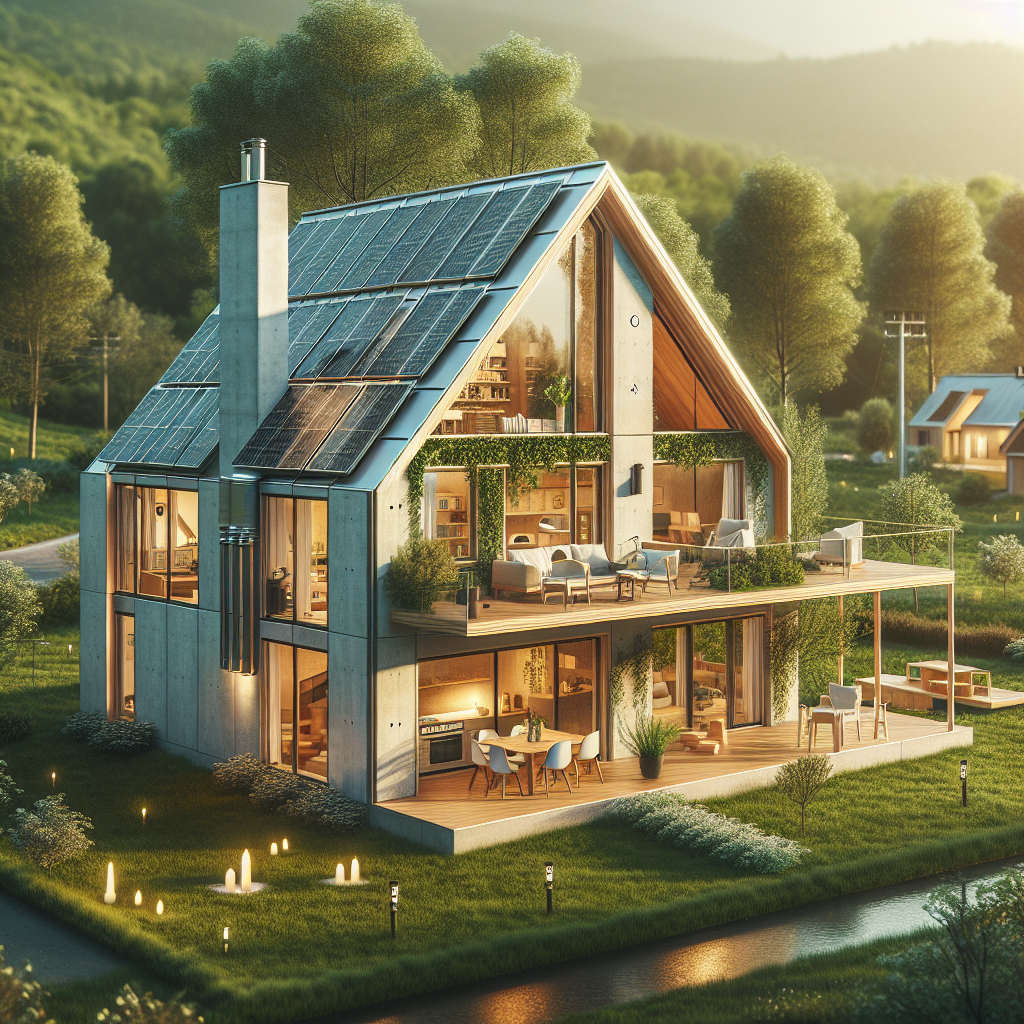Revolutionizing Home Construction: Exploring the Hidden Benefits of Passive Housing
- jurgenlulo
- Aug 31, 2024
- 2 min read
In the realm of sustainable living, passive housing stands as an enigmatic yet compelling player, offering a plethora of benefits that often go unnoticed. As we delve into the fascinating world of passive housing, let's uncover the mysteries surrounding this innovative architectural approach and shed light on its lesser-known advantages.
Understanding Passive Housing
Passive housing, a concept that originated in Europe, is a building design strategy that prioritizes energy efficiency and sustainability. Unlike traditional homes, passive houses are meticulously crafted to maintain a constant, comfortable temperature without relying on conventional heating or cooling systems. By leveraging natural resources such as sunlight and insulation, passive housing significantly reduces energy consumption, making it an eco-friendly solution for modern living.
The Unknown Benefits
1. Enhanced Energy Efficiency
Passive houses are unparalleled in their ability to minimize energy usage. By harnessing the principles of solar gain and thermal mass, these homes remain warm in winter and cool in summer, resulting in up to an astonishing 90% reduction in energy consumption compared to standard buildings.
2. Superior Indoor Air Quality
One of the lesser-known advantages of passive housing is its focus on ensuring excellent indoor air quality. Through a sophisticated ventilation system that constantly circulates fresh air while retaining warmth, passive houses offer a healthy living environment free from pollutants and allergens.

3. Cost-Effective Solutions
Despite the initial investment required to construct a passive house, the long-term savings are substantial. With significantly lower utility bills and minimal maintenance costs, passive housing presents a financially sound choice for homeowners looking to reduce their carbon footprint while saving money in the process.
4. Climate Resilience
In an era of escalating environmental challenges, passive houses stand out as resilient structures capable of withstanding extreme weather conditions. By maintaining a consistent internal temperature regardless of external factors, these homes provide a safe haven during heatwaves, cold snaps, and other climatic disturbances.
Embracing the Future of Living
As sustainability takes center stage in the global conversation, passive housing emerges as a beacon of hope for a greener, more efficient future. By integrating cutting-edge technology with time-honored design principles, passive houses offer a harmonious blend of comfort, cost-effectiveness, and eco-friendliness that sets them apart as the epitome of modern living.
In conclusion, passive housing represents a revolutionary approach to architecture that harmonizes environmental consciousness with unparalleled comfort and efficiency. As we unravel the enigma surrounding passive houses, it becomes clear that their benefits extend far beyond energy savings, propelling us towards a brighter, more sustainable tomorrow.
Let us embrace the mystery of passive housing and unlock its hidden treasures, one eco-friendly step at a time.

Commenti